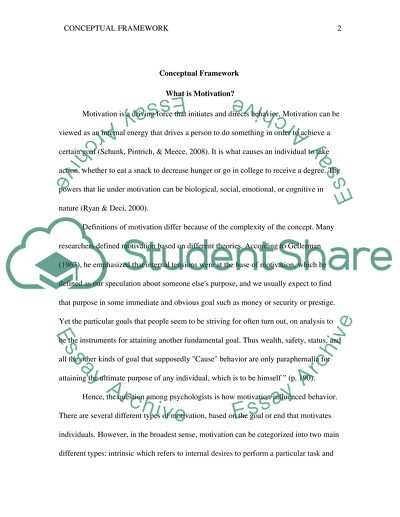Cite this document
(“Conceptual Framework: What is Motivation Essay Example | Topics and Well Written Essays - 4000 words”, n.d.)
Retrieved from https://studentshare.org/psychology/1395215-essay
Retrieved from https://studentshare.org/psychology/1395215-essay
(Conceptual Framework: What Is Motivation Essay Example | Topics and Well Written Essays - 4000 Words)
https://studentshare.org/psychology/1395215-essay.
https://studentshare.org/psychology/1395215-essay.
“Conceptual Framework: What Is Motivation Essay Example | Topics and Well Written Essays - 4000 Words”, n.d. https://studentshare.org/psychology/1395215-essay.


